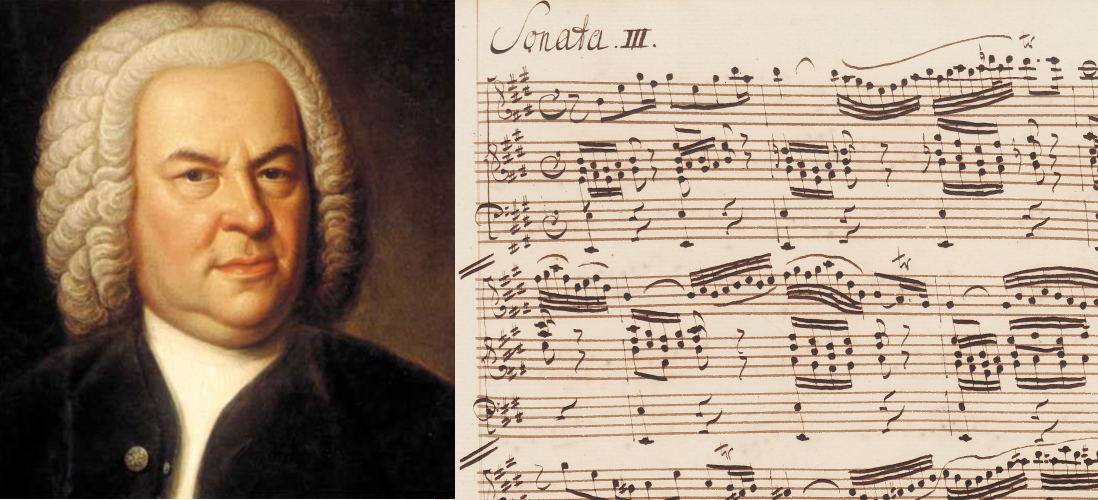When studying the violin obbligato sonatas, it seemed curious to me that Bach had chosen such extreme key signatures. Why would he compose in f minor (4 flats) or E major (four sharps) when with the unequal temperament (tuning style of the harpsichord) of the day, these keys would surely sound sour or frankly out of tune at times?
Then I realised that the choice of key signature greatly affects the mood of each piece - the more flats the more serious and the more sharps the brighter, yet more fragile. This started to make sense when reading the writings on expression in music, and in particular, the meaning of the different key signatures, by Bach’s contemporary, Christian Friedrich Daniel Schubart (1739 - 1791). Schubart was a German poet, writer on music, composer, and distinguished keyboard player. His writings, including an important work on musical aesthetics, stress expression in music. His poetry was often set to music - Franz Schubert set four settings of his texts, including Die Forelle. Schubart believed that folksong was the true music of the people but he was also one of the only writers of his period to fully appreciate the greatness of both C P E and J S Bach.
Richard Troeger in “Playing Bach on the Keyboard” Amadeus Press 2003, on the section about Loco Topici (Invention, or finding topics):
“Tonality itself can function as a topic. It seems to be fairly clear that Bach associated certain characteristics of mood and/or symbolism with certain keys. This assertion is borne out by comparison of various works in the same keys, although there are naturally exceptions to every case. Thus, Bach frequently uses G major for a brilliant, often virtuosic character. The Goldberg Variations alone demonstrate this point, but note also both G Major Prelude and Fugue pairs from Das Wohltemperierte Klavier (WTK). F major also tends to brilliance, as the Italian Concerto and both fugues in that key from the WTK suggest. D major is festive, redolent of trumpets and kettledrums, as in the orchestral style of the Overture of Partita No. 4, the Fugue D major from WTK book 1 and the Prelude in D Major from WTK book 2. B minor is tragic and often majestic: think of the Overture in the French Manner (originally in c minor) and the Prelude and Fugue No. 24 of the WTK book 1 (to say nothing of the b Minor Mass). E-flat major is lyrical and/or majestic; examples include the Praeludium, Fugue and Allegro; the “St. Anne” Prelude and Fugue; and Prelude and Fugue No. 7 from both books of the WTK.”
In my Blogs on the individual sonatas, you can see how incredibly important Bach’s choice of key is for creating and conveying the meaning of the music. As a performer of baroque music I would go so far as to say it is vital knowledge!
- Sonata for violin and harpsichord in b minor BWV 1014
- Sonata for violin and harpsichord in A major BWV 1015
- Sonata for violin and harpsichord in E major BWV 1016
- Sonata for violin and harpsichord in c minor BWV 1017
- Sonata for violin and harpsichord in f minor BWV 1018
- Sonata for violin and harpsichord in G major BWV 1019

